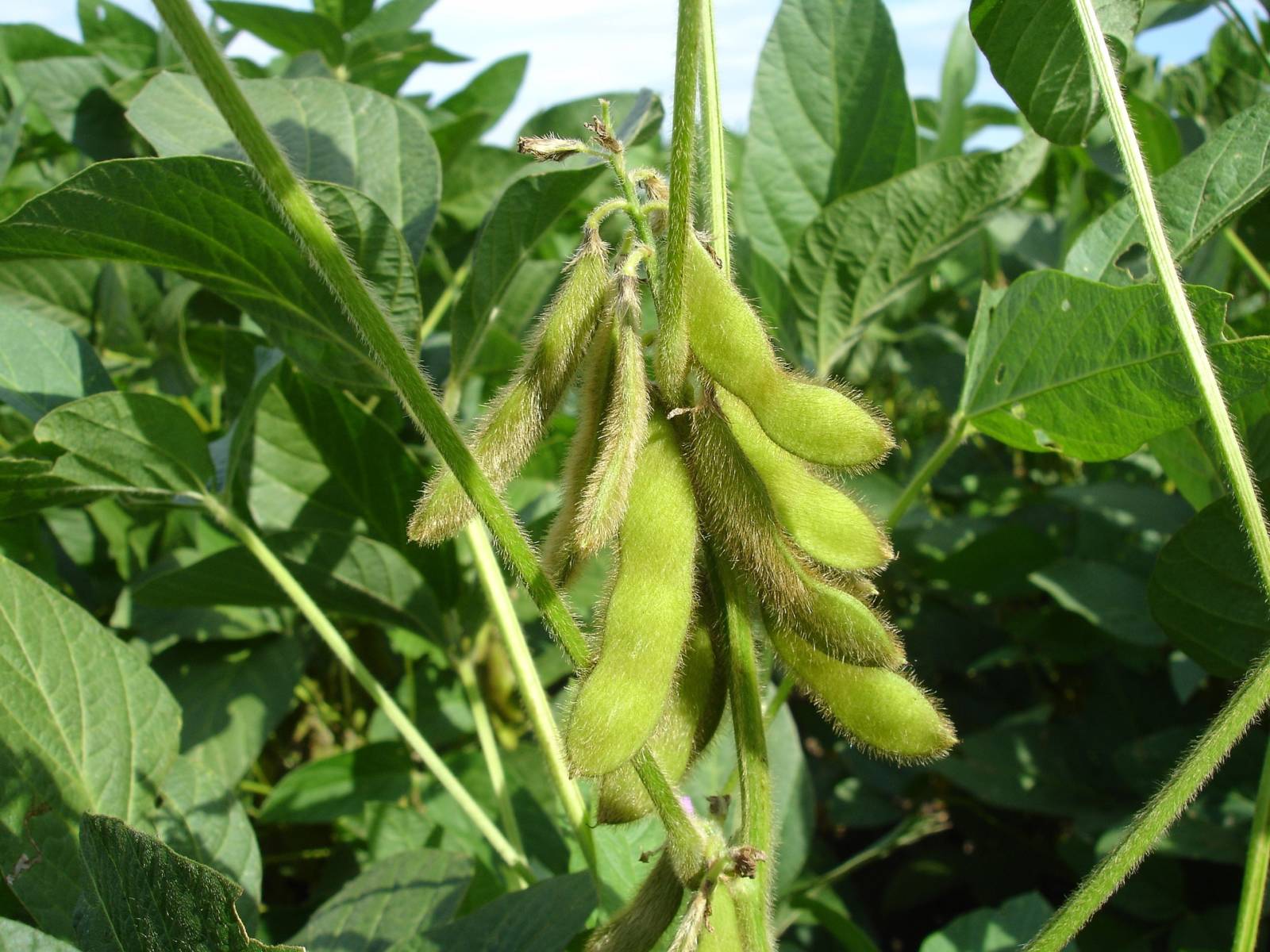For U.S. farmers, 2019 was filled with challenging growing conditions. But despite heavy rains, floods, late planting and early winter storms, the U.S. soybean and corn crops proved resilient, thanks to technological advances, as an article from Bloomberg explains.
The U.S. Department of Agriculture (USDA) reported that 2019 soybean production totaled 96.9 million metric tons, though they do plan to resurvey northern states with significant unharvested acres this spring and revise the total if appropriate.1 While this total is down 20 percent from record 2018 soybean harvests, the 2019 U.S. corn crop was only 5 percent less than the 2018 crop.1
On average, analysts expected a larger drop in production because of the growing conditions. However, advances in genetically modified seeds, precision agriculture tools, fertilizers and crop protection tools helped the U.S. crop thrive despite the weather, according to the Bloomberg article.
“We struggled this year — we had a lot of issues with too much water,” said Matt Bennett, an Illinois farmer and commodity analyst at AgMarket.Net. Still, he reported his soybean yields came within 15 bushels from his record-setting 2018 crop. 2
The yields reinforce the value of genetics and crop technology. The combination of breeding and genetic modification results in soybean varieties that can better survive extreme weather conditions, like the 2019 record rains and floods.
“I was surprised with what the genetics can do,” Bennett said. “You can still raise pretty good corn even with less-than-ideal conditions. That’s changed everything.” 2
In addition, precision tools like drone cameras and mapping can detect what parts of fields need special attention throughout the growing season. Large machinery allowed U.S. soybean farmers to plant quickly despite a small window for field work. Smart technology in sprayers and other farm equipment treats just the areas needed.2
To understand the difference technology makes, compare 2019 to the 1993 growing season, which had similar levels of flooding. The USDA final corn yield for 1993 was more than 20 bushels per acres lower than the June 1993 forecast. But the final report for the 2019 season shows corn yields 2 bushels higher than June 2019 predictions.2
The weather will always be critical for U.S. farmers. And too much rain is easier to manage than not enough rain, as evidenced by low yields during the 2012 drought, despite significant use of technology, precision tools and genetically modified seed. But the current report demonstrates that technology is helping U.S. farmers produce a reliable soybean supply even as wild weather swings become more common.2
Sources:
1 U.S. Department of Agriculture, Crop Production 2019 Summary, January 2020.
2 U.S. Corn Crop Is Now 92% Genetically Modified, Bloomberg, January 11, 2020.
